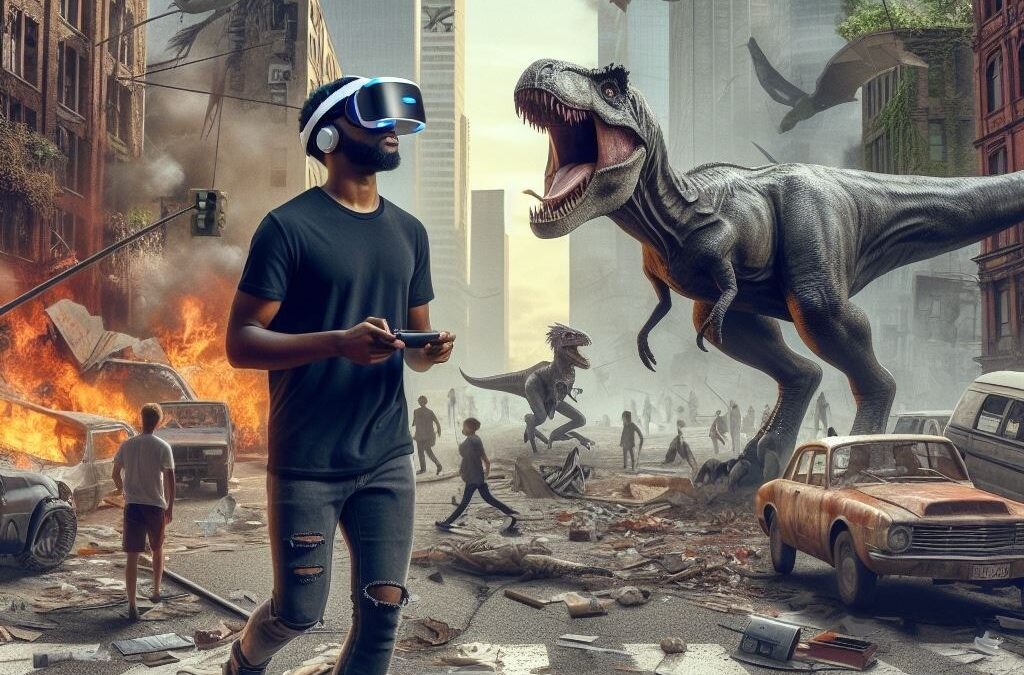Contribution by: Kudzayi Chipidza who is a non-executive director on the IITPSA Board of Directors, member of the IITPSA Social & Ethics Committee, Professional Member of the IITPSA and a Cloud Support Engineer for one of the leading international Cloud Service Provider
Kudzayi Chipidza’s take on the evolution of augmented reality and the interpersonal ills that this technology presents.
Are we already in that era? Is this the age that regular life could start to feel like a scene out of a science fiction movie? Do you ever get the feeling that those things you may have dismissed as all too sci-fi and overly too imaginative in movies, are now beginning to manifest in real life? Are we there yet?
I recently watched a video montage which showed random people walking through streets with visors on, headset-like devices that seemed to make them see things that weren’t there. Two people sitting in a train, clad in headsets, one motioning in the air with small circular hoops and the other gesturing with both hands as though they were typing or swiping on an invisible keyboard. A person crossing a street, in broad daylight, but swaying from side to side, avoiding invisible obstacles.
Augmented reality(AR) headsets, or Mixed Reality(MR) headsets project a computer-generated imagery onto the user’s view of the real world, blending the two. AR headsets use cameras and sensors to track the physical environment and then superimpose digital elements on top. MR headsets take things a step further. They combine AR features with virtual reality (VR) to create an even more immersive experience. MR headsets not only overlay virtual objects onto the real world, but also allow you to interact with them as if they were physically there with you.
The use cases for these headsets are vast, industrial applications or training simulations where there is need for the manipulation of virtual objects into a real-world setting. Gamers have caught onto this technology, so have movie production companies and some work-purpose applications. Some organisations argue that this technology has made the workforce more productive and provides a more immersive experience of the workspace.
These technological advancements have intentionally blurred the lines between reality and virtual experiences. Headsets with facial recognition and eye-tracking capabilities raise privacy concerns. The ownership of this data collected by these devices is a contentious issue. But the big one is how these AR headsets stifle regular interaction between people and have been seen to foster poor interpersonal skills. They make the user appear somewhat of a misfit, particularly when used in public.
The IITPSA Code of Ethics places emphasis on the fostering of public awareness and understanding of computing, particularly any related consequences. Clause 2.7 further espouses that the impact of technology, be it social or otherwise, ought to be brought to the fore for public debate.
Like a wood fire, when it burns in the fireplace it warms up the living room, it’s beautiful and serene to gaze at. But when it’s in the middle of the living room, it is obviously harmful and unpleasant.
References:
IITPSA. (2021). IITPSA Code of Ethics. Retrieved from https://www.iitpsa.org.za/wp-content/uploads/2022/08/IITPSA-Code-of-Ethics-July-2021-Final.pdf


